When you store your generator for an extended period, it may fail to operate when it is most needed. Yet, all hope is not lost. Here's what our research uncovered about restarting a generator that has been sitting for years.
Below is a step-by-step guide you can follow to start a generator that has been unattended for some time.
- Inspect the generator
- Examine the spark plug
- Examine the air filter
- Check the fuel filter and the fuel line
- Clean the carburetor
- Purchase fresh gasoline
Generators can play a significant role in our everyday life. It is critical to keep a running generator on hand in readiness for unexpected happenings. With this in mind, we've created this guide to assist you in identifying potential generator problems and how to get it up and running again. Dive in to learn more.
![portable-electric-generator-on-green-grass, How-To-Start-A-Generator-That-Has-Been-Sitting-[For-Years]](https://hvacseer.com/wp-content/uploads/2022/10/How-To-Start-A-Generator-That-Has-Been-Sitting-For-Years.png)
1. Inspect The Generator
A simple checkup can assist you in identifying any potential issues that may cause the generator to fail to start.
Check whether the main circuit breaker is turned off to minimize the possibility of back-feeding. Although the generator powers your home via back-feeding, the connection ought to be through a transfer switch to keep current from flowing in reverse and damaging the electrical grid.
Further, examine whether the generator's wiring and the connections are in good condition. You may need to ask an electrician to repair any faulty connections. In addition, check whether the fuel valve is on.
If you have a generator with an electric start, check the battery's condition - check whether the battery is dead, if there are blown fuses, or if there is corrosion on the battery.
Use a wire brush to clean any corrosion. However, it is ideal to ask an electrician to assess the battery's health and determine whether it is best to replace it.
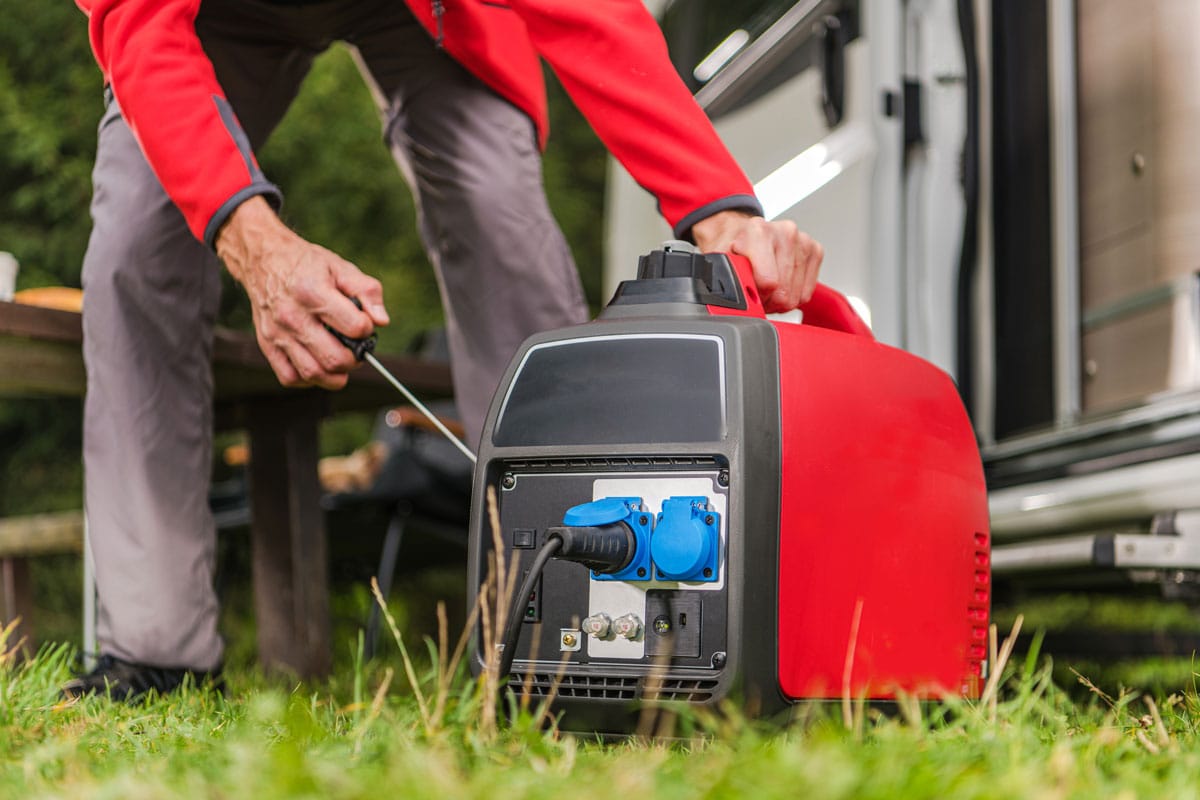
2. Examine The Spark Plug
Take off the spark plug and inspect it for dirt or signs of wear and tear. You can use a carb cleaner to clean it, and remember to clean the cylinder.
If there are signs of wear, then replace the spark plug. Fortunately, you can get one at a reasonable price at your local convenience store. It is a good idea to have an extra spark plug in case the generator fails to start.
Check out this spark plug on Amazon.
3. Examine The Air Filter
The air filter is the next thing to inspect. A clogged air filter can prevent the generator from starting. So, ensure your generator's air filter is thoroughly clean to enhance proper airflow.
Replace any dirty or worn filters. But if the filter looks like it still has service life left, you can knock it against the floor to release the loose dust, then reinstall it on the generator.
4. Check The Fuel Line And Fuel Filter
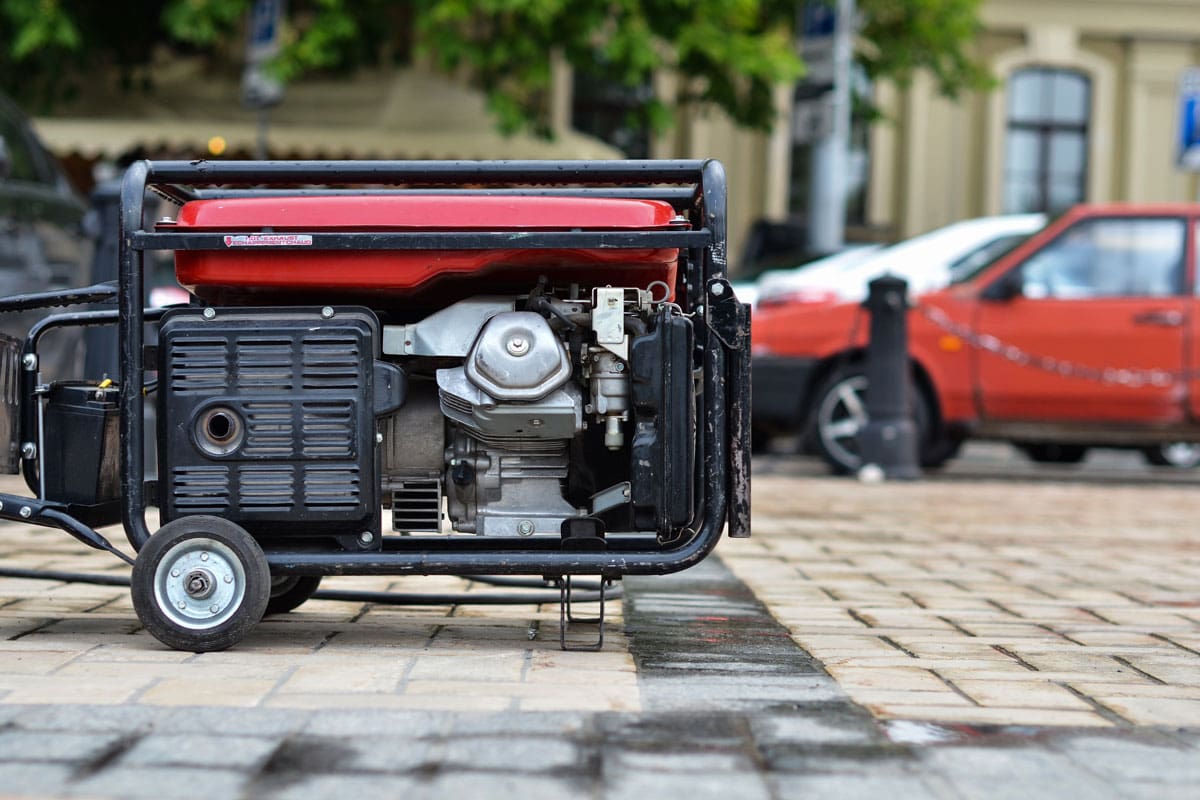
Look for leaks and blockages in the fuel line. Blockages can occur if you use substandard fuel on your generator.
Detach the fuel line from the carburetor and test whether fuel flows through the filter. If it fails to flow through, there is probably a blockage, and your best bet is to replace the fuel line.
Although broken fuel lines are uncommon, they're still possible, so it's prudent to inspect for them as well.
5. Clean The Carburetor
Dirty gasoline can create line blockages and other issues in your generator. You can use a carb cleaner to cleanse your carburetor.
Spritz the cleaner through the apertures and nozzles of the carburetor. If you cannot clean it this way, detach it from the motor and then clean it. Avoid scratching or damaging the carburetor since this may cause you to need a total replacement.
View this carb cleaner set on Amazon.
6. Purchase Fresh Gasoline
Gasoline degrades over time, and defective gasoline can cause engine failure. So, if your generator has been sitting for a while, the gasoline may be spoilt. As a result, the generator may struggle when starting.
Examine the appearance of the gasoline in the generator to assess if it is good or not. Spoilt fuel appears murky or hazy. In such instances, drain the gas tank before refueling.
You can add a fuel stabilizer to the storage tank when you add new gasoline to keep it from spoiling.
Your generator should start after you perform all these checks. If it doesn't start, you may need to call an expert to inspect it for mechanical failure.
You may watch this video tutorial below on how to start a generator that has been sitting for years.
How Long Can You Store Gas In A Generator
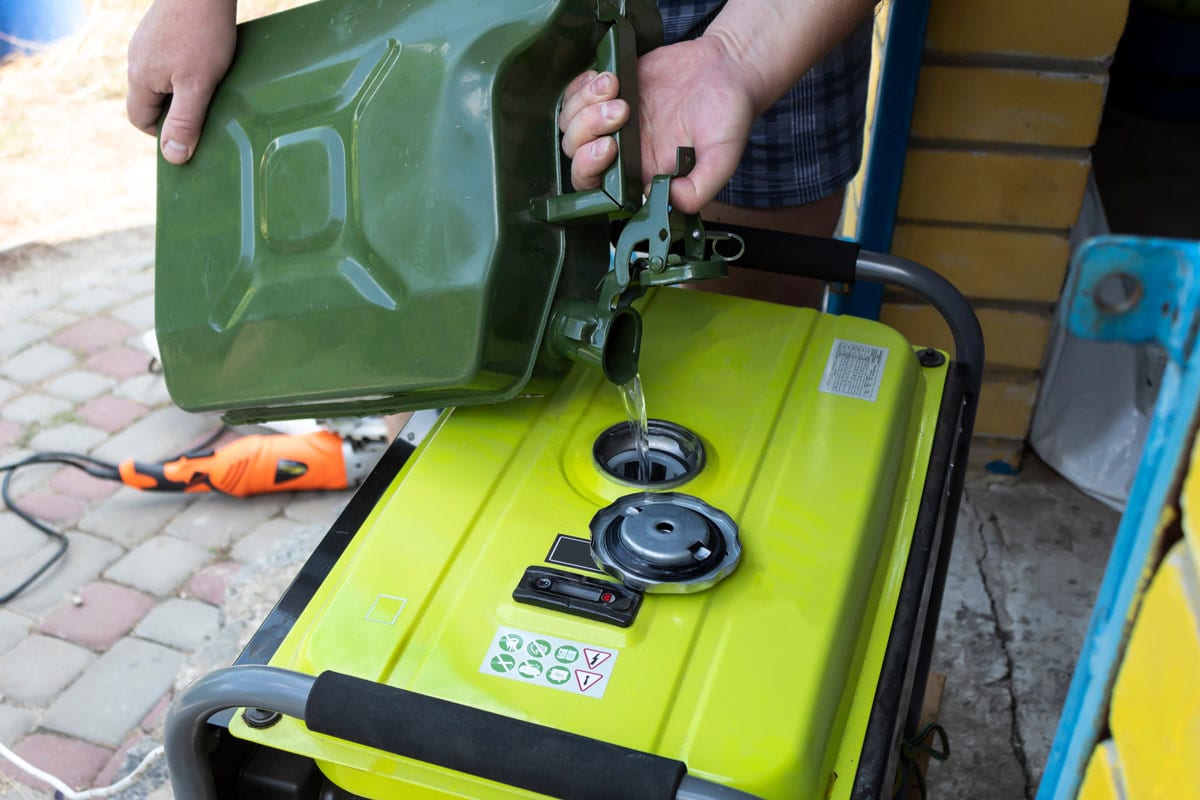
Factors such as the type of gas and storage condition determine how long it remains in good condition. Because each generator is unique, there is no predetermined time restriction for keeping gas in it.
Conduct a visual inspection of the gas to determine whether it is still safe. Gas that has gone through a separation is not safe. For example, ethanol-based fuels separate, and the ethanol sinks to the bottom.
Please note that you cannot regenerate fuel that has already separated. Furthermore, the more contaminated the fuel in the generator is, the more prone it is to damage the engine.
How To Maintain A Generator
Most generator owners believe that the generator is in good condition if it is running. Despite this, generators will not last without routine maintenance. It is preferable to plan maintenance and servicing based on the generator's usage.
Perhaps you use your generator frequently or subject it to extreme operating conditions, like being the primary source of electricity. Or maybe you run it in extremely high or low temperatures or expose it to pollutants such as dirt or high humidity. In these instances, you should service the generator regularly.
Watch out for any potential safety risks when the generator is running. Regularly inspect the exhaust, fuel, electrical, and control systems to ensure that the generator runs safely and reliably.
If your generator fails to run after a maintenance exercise, use a dipstick to check the engine oil level. To do this, first shut off the engine so that the oil in the top parts of the engine returns to the crankcase. Dip your dipstick now, and wait for around ten minutes to acquire an accurate reading.
You should also check the coolant level daily. Remember to turn off the generator and allow the engine to cool before you assess the coolant level. Unscrew the radiator cap when the engine cools off, then check whether you need to add more coolant.
Can You Run Your Generator Continuously?
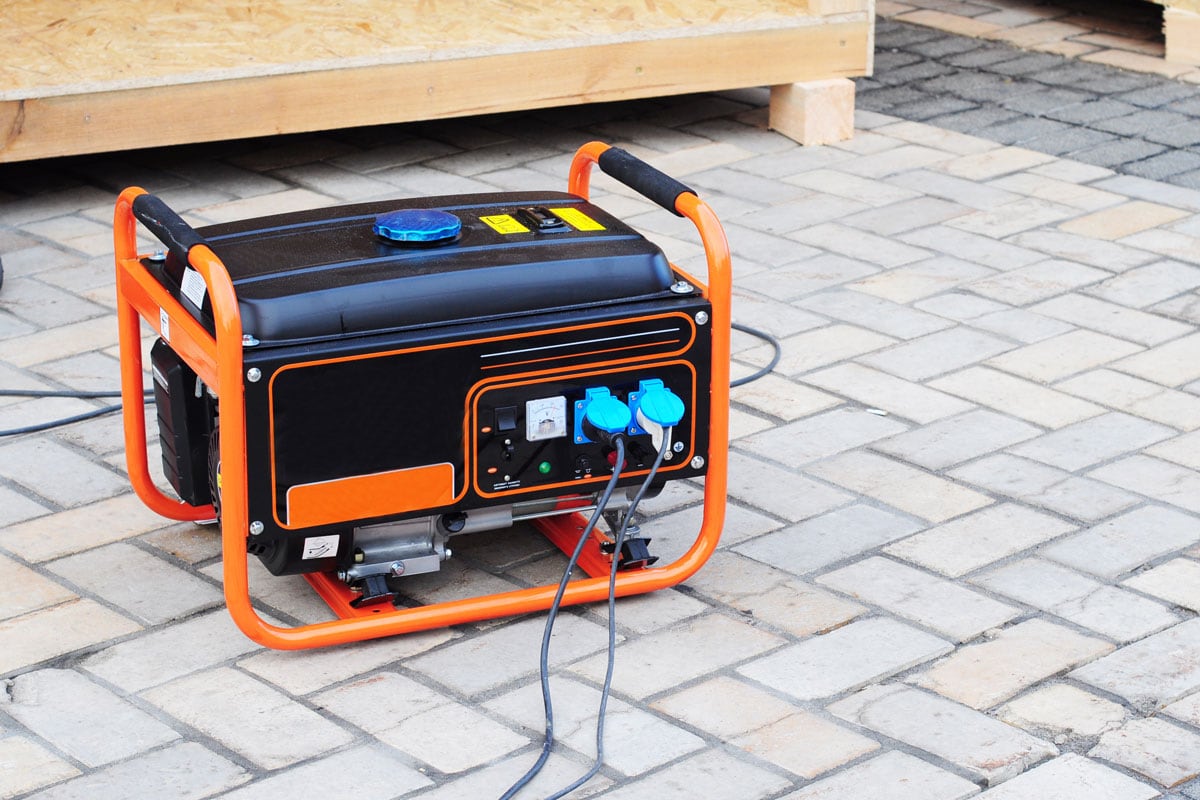
Various factors determine if you can run your generator continuously. These include the type of generator, its fuel capacity, and maintenance frequency. Generally, a generator can run as long as there is fuel available.
That said, you shouldn't leave your generator running for too long to avoid straining it. Manufacturers typically advise against running your generator constantly for more than 500 hours.
You can run a portable generator for about 6 to 18 hours, varying this time depending on its model.
Types of Generators
Generator kinds are connected to their respective functions. The inverter, standby, and portable generator types are the most common. Keep reading to learn more about these generators.
Inverter Generator
Inverter generators are quieter than standard generators, Their noise levels change depending on how much power you need the generator to produce. So, the noise levels will be lower when you need the generator to generate little power and louder otherwise.
These generators use less fuel than conventional generators, thus emitting less pollutants into the atmosphere than their standard counterparts and helping you save on fuel costs. They generate power suitable for highly sensitive electronic devices and equipment.
The downside of inverter generators is that they are much more expensive than conventional generators. Additionally, you cannot use them to supply power to heavy machinery or large homes.
Standby Generators
Standby generators, also widely called backup generators, are a type of automatic power system.
They often have an automatic transfer switch that disconnects your home from the primary utility power grid and prompts the generator to route power into your home via the electrical panel when the electricity goes out.
However, standby generators can be pretty expensive, depending on their capacity. Moreover, you must regularly maintain these generators, or they will fail.
Portable Generators
Portable generators, primarily fueled by diesel or gasoline, are a suitable alternative for generating emergency power. They are the most affordable and cost-effective option.
They do, however, require extensive weather protection. Also, you cannot use these generators inside a house due to the fumes they emit.
Conclusion
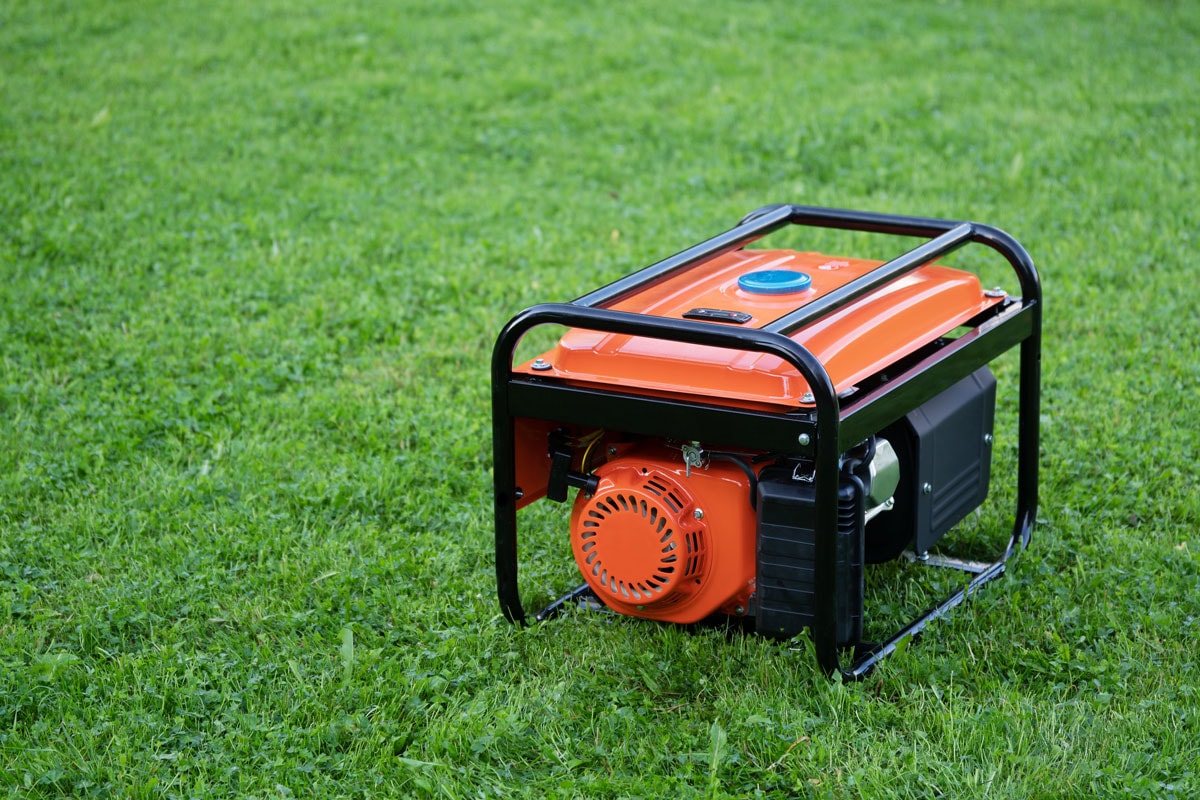
We hope this post will guide you when restarting that generator that has been sitting for years. However, if you have any reservations, you should consult an expert. Generators can cause fires or even electrocute you, so it is best to be safe when handling such machinery.
Here are related articles that you may want to read:
Can I Use A Stabilizer With A Generator?


